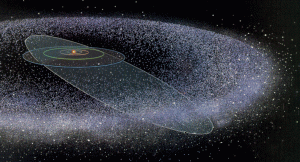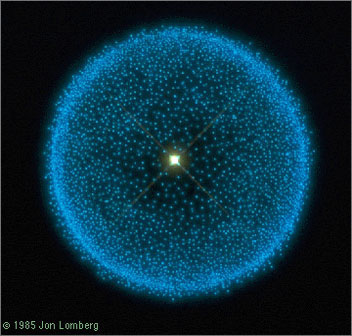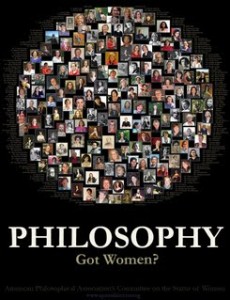So it has been a while since I created a post here. My bad. But with teaching, working on conferences, committee work, and life in general, I find little time for blogging. I have, however, discovered Cowbird and love the image/narrative cadence it offers. I have posted a couple of modest contributions in recent days.
 Today, however, I am reveling in the idea of the Oort Cloud. This cloud of frozen rock is the source of comets that race by our planet in regular intervals. Nothing living/but multiplicity with motion, ‘goals’ or impetus to move beyond into our regions and towards the sun–the death of all that enters it. Or perhaps it is a cloud composed entirely of Oorts–little creatures with big red eyes and bat-like wings that flit around the solar system, looking for minds that have wandered into territories unknown. Attracted by the chemical scent of curiosity and the glow of visions unseen, an Oort hovers over the unsuspecting being, watching, waiting… much as we used to imagine angels did.
Today, however, I am reveling in the idea of the Oort Cloud. This cloud of frozen rock is the source of comets that race by our planet in regular intervals. Nothing living/but multiplicity with motion, ‘goals’ or impetus to move beyond into our regions and towards the sun–the death of all that enters it. Or perhaps it is a cloud composed entirely of Oorts–little creatures with big red eyes and bat-like wings that flit around the solar system, looking for minds that have wandered into territories unknown. Attracted by the chemical scent of curiosity and the glow of visions unseen, an Oort hovers over the unsuspecting being, watching, waiting… much as we used to imagine angels did.
What is outside over there (as Maurice Sendak captured so beautifully in his mysterious picture book) that invites us to look up at the moon, to seek out the stars? And why does the Oort cloud image resemble Parmenides’ idea of Being?





